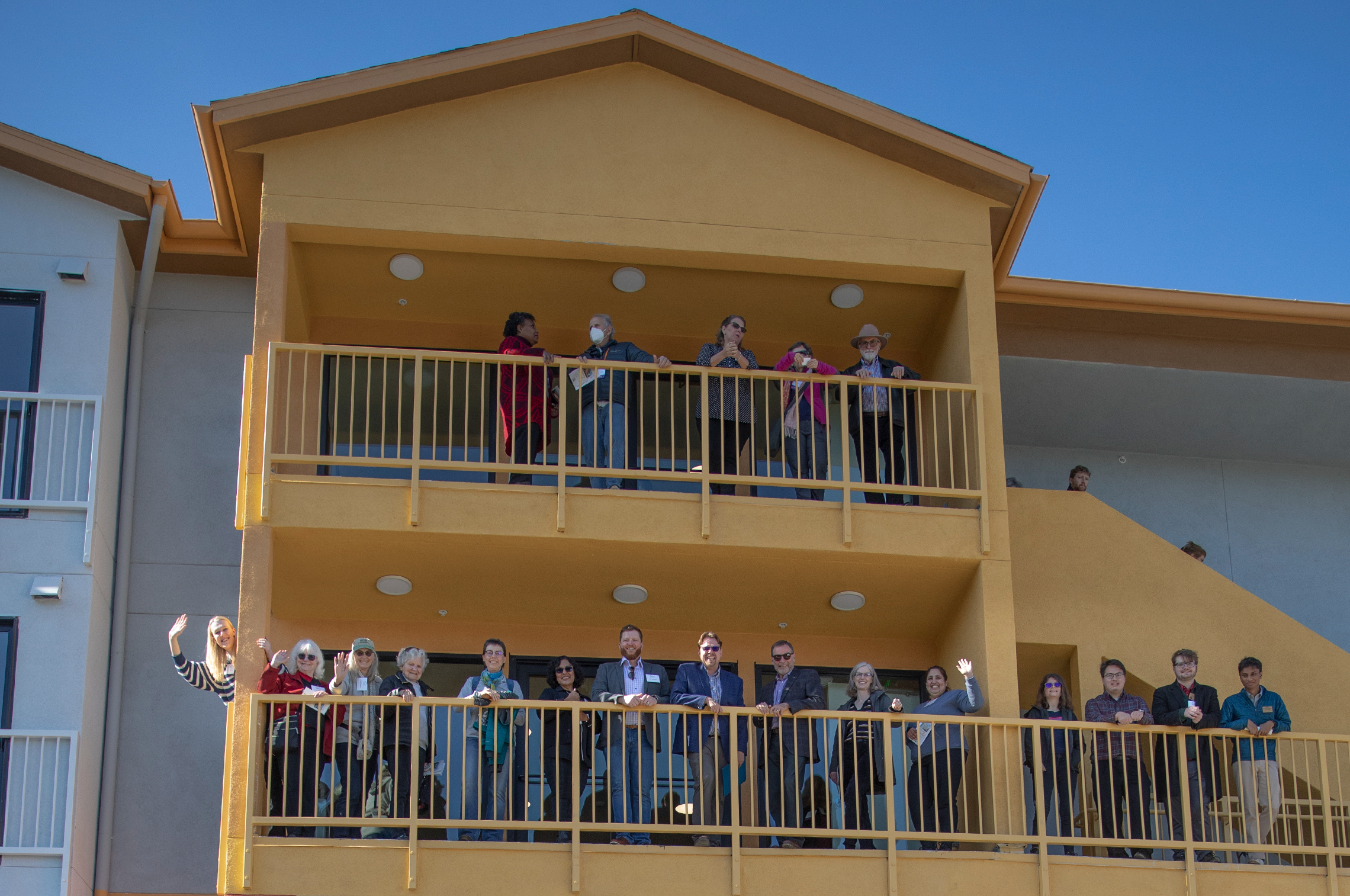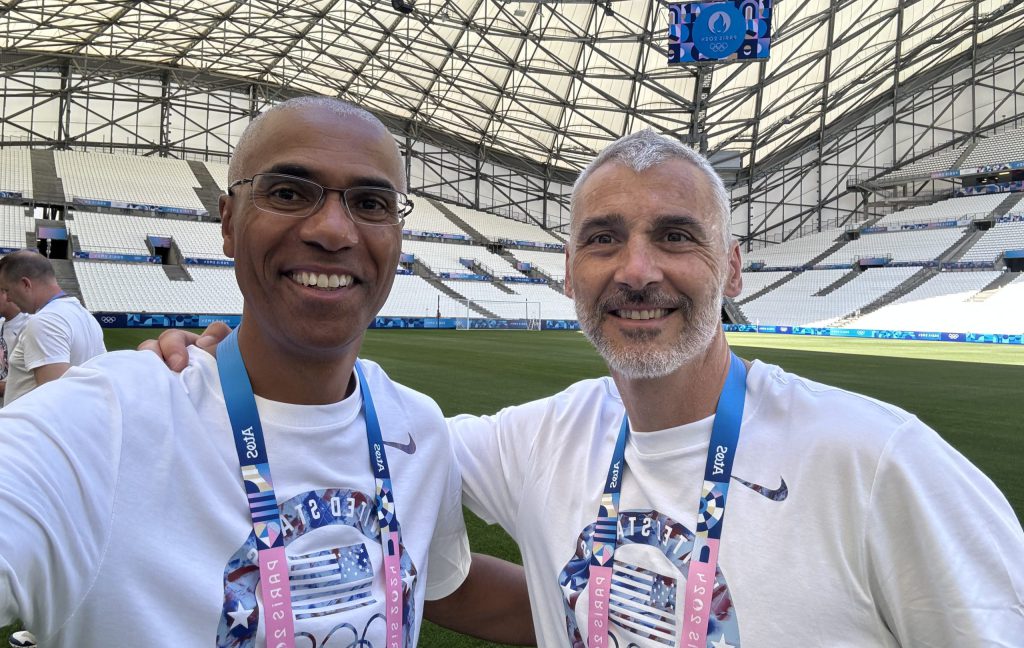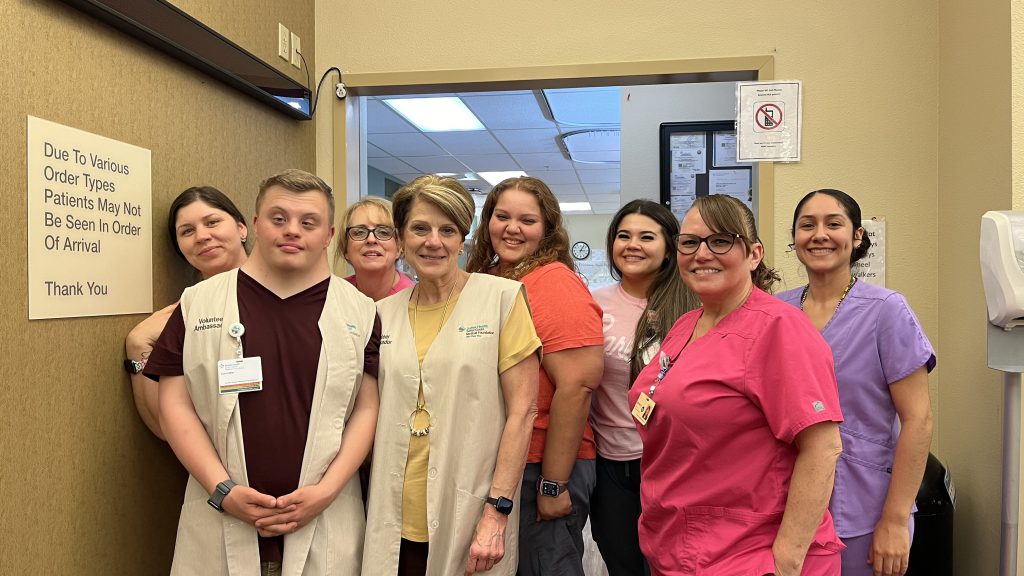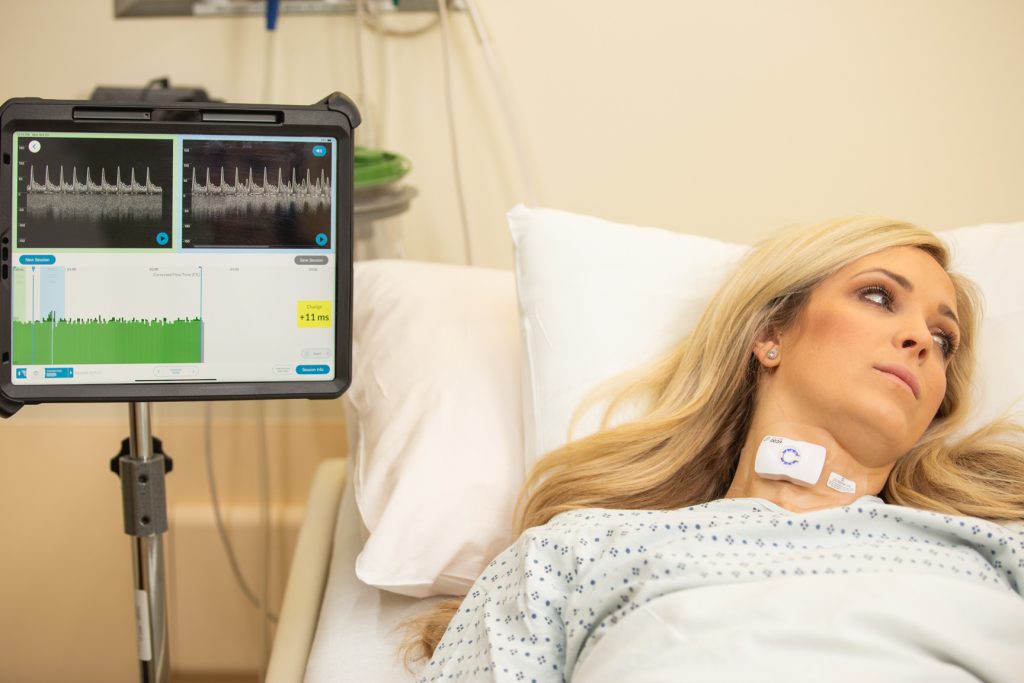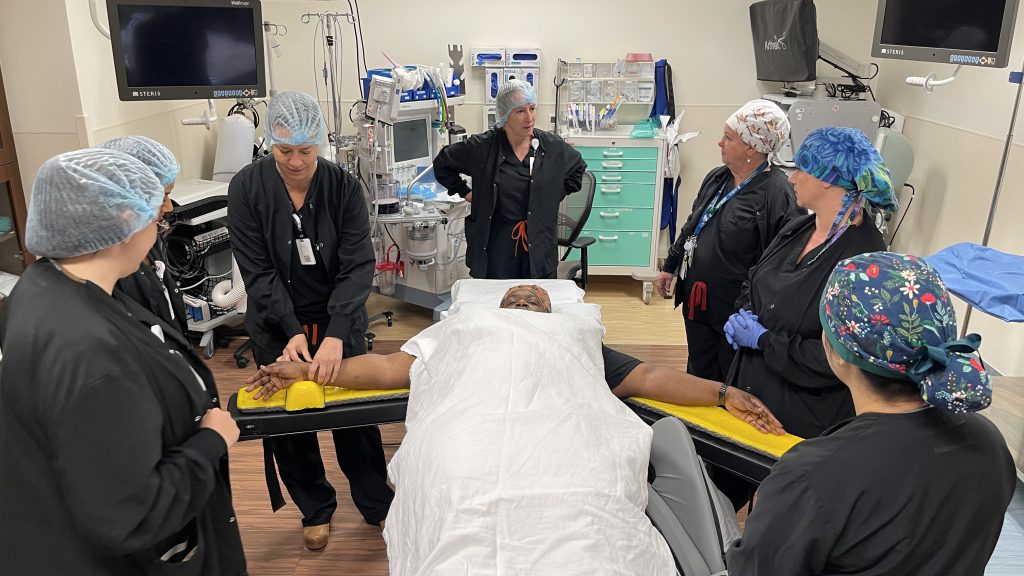Touring any new home can spark excitement. Turn by turn, one can see a floor plan come to life. Each room, each amenity, each detail comes together to transform a space into someone’s safe haven.
But there is a new housing structure that appears like potentially no other. Known as Paul’s Place, it is a four-story building that will provide needed services and emergency, transitional and permanent supportive housing for at-risk and homeless individuals and families in Davis, Calif.
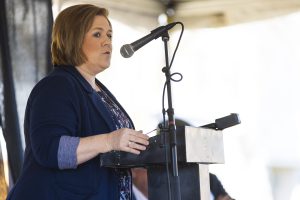
Sutter Davis Hospital Chief Administrative Officer Tammy Powers gives remarks during the grand opening of Paul’s Place.
“I’ve never seen anything like it before,” said Tammy Powers, chief administrative officer for Sutter Davis Hospital, during a recent tour. “Housing can be a key indicator of health outcomes, and this unique offering can have a powerful impact on the lives of those in our community.”
Paul’s Place is what organizers believe can be a local solution to the national challenge of homelessness. They see it is an innovative model that could be replicated throughout California and across the country.
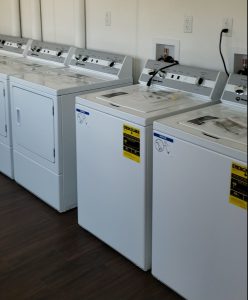
Laundry machines are accessible on the first floor of Paul’s Place.
Paul’s Place is a project of Davis Community Meals and Housing that was designed, funded, built and supported by individuals, entities and organizations from throughout this Northern California community. Designed by Davis resident and award-winning architect Maria Ogrydziak, Paul’s Place includes:
- First floor: A welcoming space and access to critical social services and enhanced day services including shower, restroom and laundry facilities, as well as four emergency shelter beds.
- Second floor: 10 single-residence units of transitional housing, including a communal kitchen, family room, bathrooms and laundry. Transitional housing is supportive – yet temporary – shelter that is meant to bridge the gap from homelessness to permanent housing by offering structure, supervision and support for substance use addictions and mental health.
-
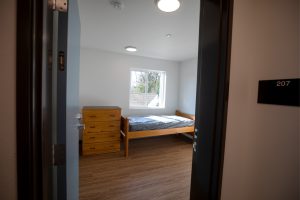
Single unit of transitional housing on the second floor of Paul’s Place.
Third and fourth floors: A total of 18 300-square-foot private units of permanent supportive micro-housing, including two units accessible to those with physical disabilities. Residents will have their own “tiny home” apartment, and will receive supportive services, such as ongoing addiction or mental health treatment, case management and help with life skills.
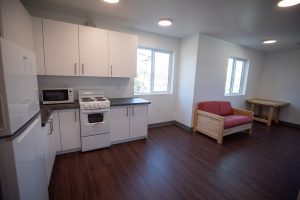
Kitchenette and seating area from 3rd floor ADA-accessible unit of permanent supportive housing at Paul’s Place.
Located at 1111 H St. in Davis and built on a .26-acre parcel, Paul’s Place occupies extraordinarily little land, maximizing vertical space. By building a facility that provides these services and support in a central location, the community is helping those who need it most while reducing the economic and environmental stress of homelessness on downtown, parks and neighborhoods.
“Our goal is to help people transition from the streets to stability. At Paul’s Place, people come in on the first floor for services, have access to transitional housing, and then the opportunity to move into permanent supportive shelter,” said Bill Pride, the executive director of Davis Community Meals and Housing. “Our hope is that people stay in the micro units for a year or so, and then be ready to move out to live and work on their own, so we can help others move in from the streets, move up through the levels of support, and move out to self-sufficiency.”
In 2016, the integrated, not-for-profit Sutter Health network offered $10 million in challenge grants to encourage innovation and collaboration in addressing homelessness. The City of Davis called a meeting of local business, faith and community leaders, asking everyone at the table to work together to create a response to the challenge. The answer was Paul’s Place.
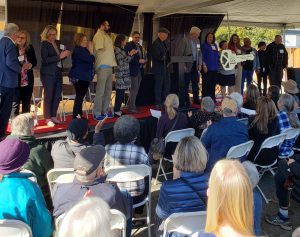
Project partners for Paul’s Place hold a ceremonial, oversized door key commemorating the grand opening of the space.
DCMH offered to tear down its old Resource Center where it had operated for nearly 30 years, and have that parcel be used for new and improved housing. Ogrydziak, a co-chair of the nonprofit Davis Opportunity Village, volunteered her services to design the structure. Business leaders Reed and Susan Youmans offered to lead the fundraising efforts.
Partnership HealthPlan of California contributed $750,000, and the community came through to raise the $5 million needed to build Paul’s Place. Then, when COVID hit and increased labor and material costs, the City of Davis and Yolo County each allocated a $1 million in federal American Rescue Plan funds to close the funding gap.
“Sutter Health is thrilled to be part of such meaningful collaboration that strengthens our community,” said Powers. “Our investment, coupled with the teamwork across our community, shows how a true culture of caring can help improve community health.”

